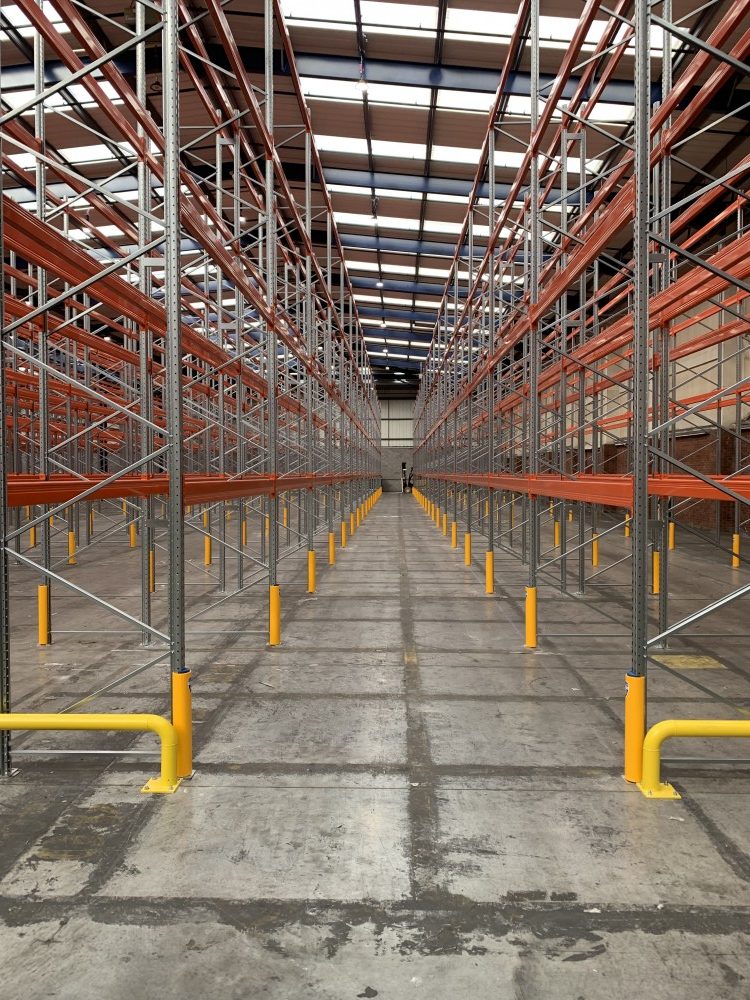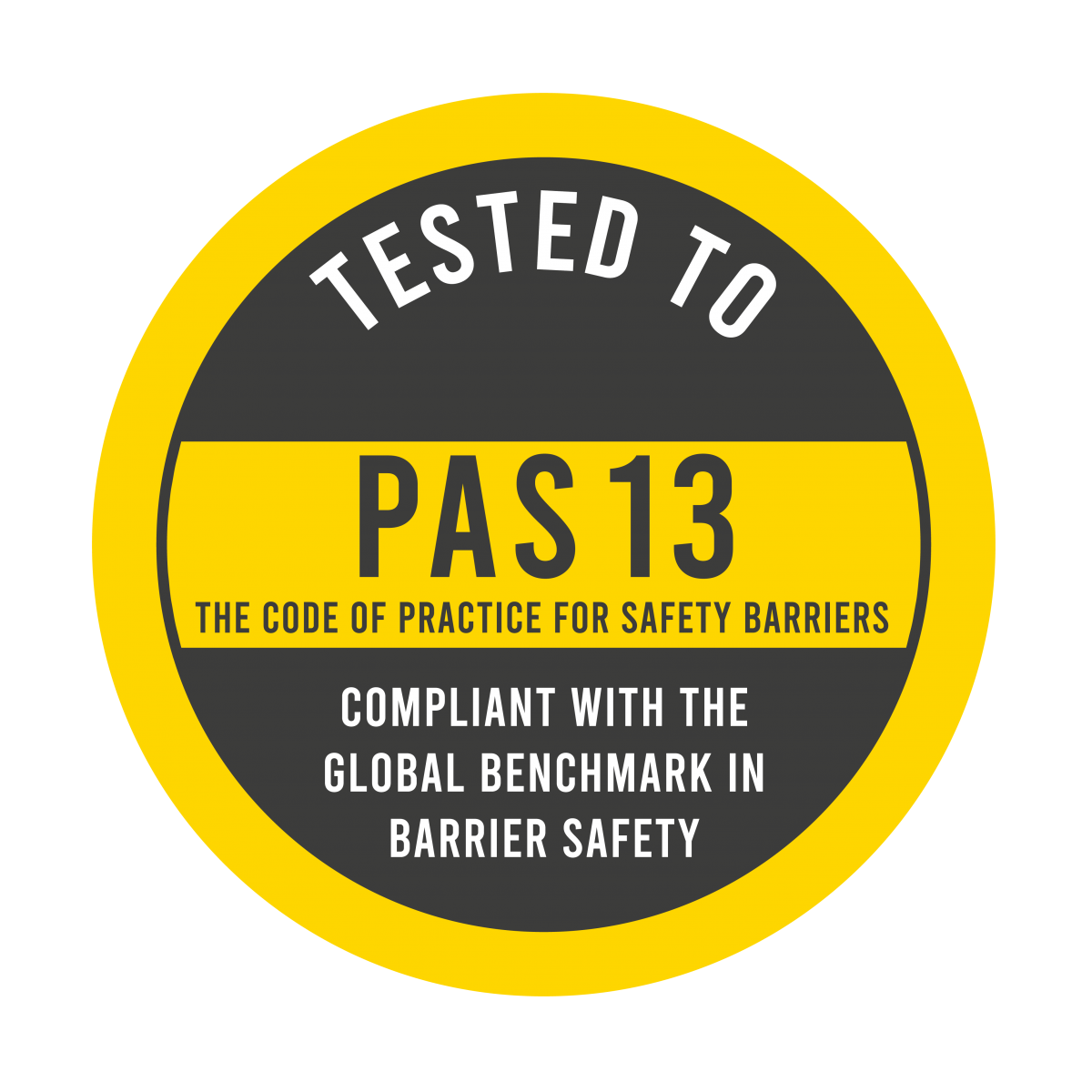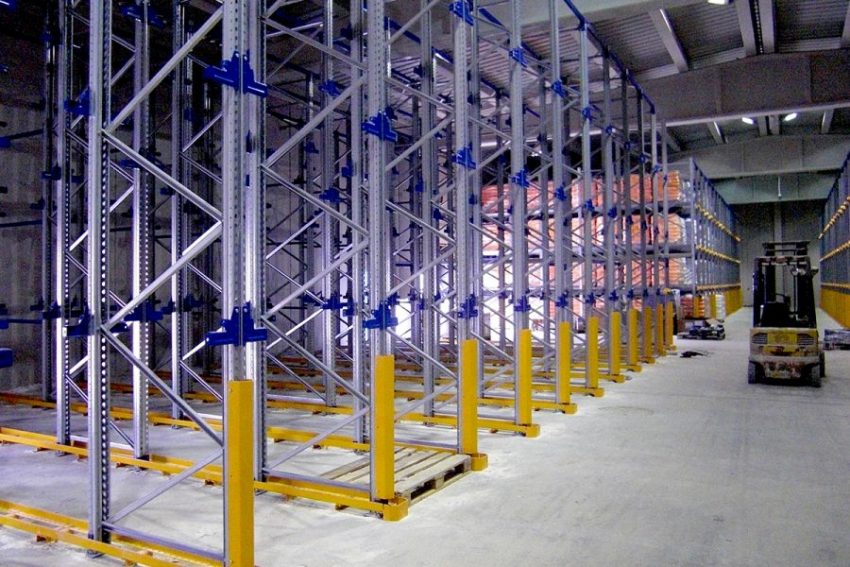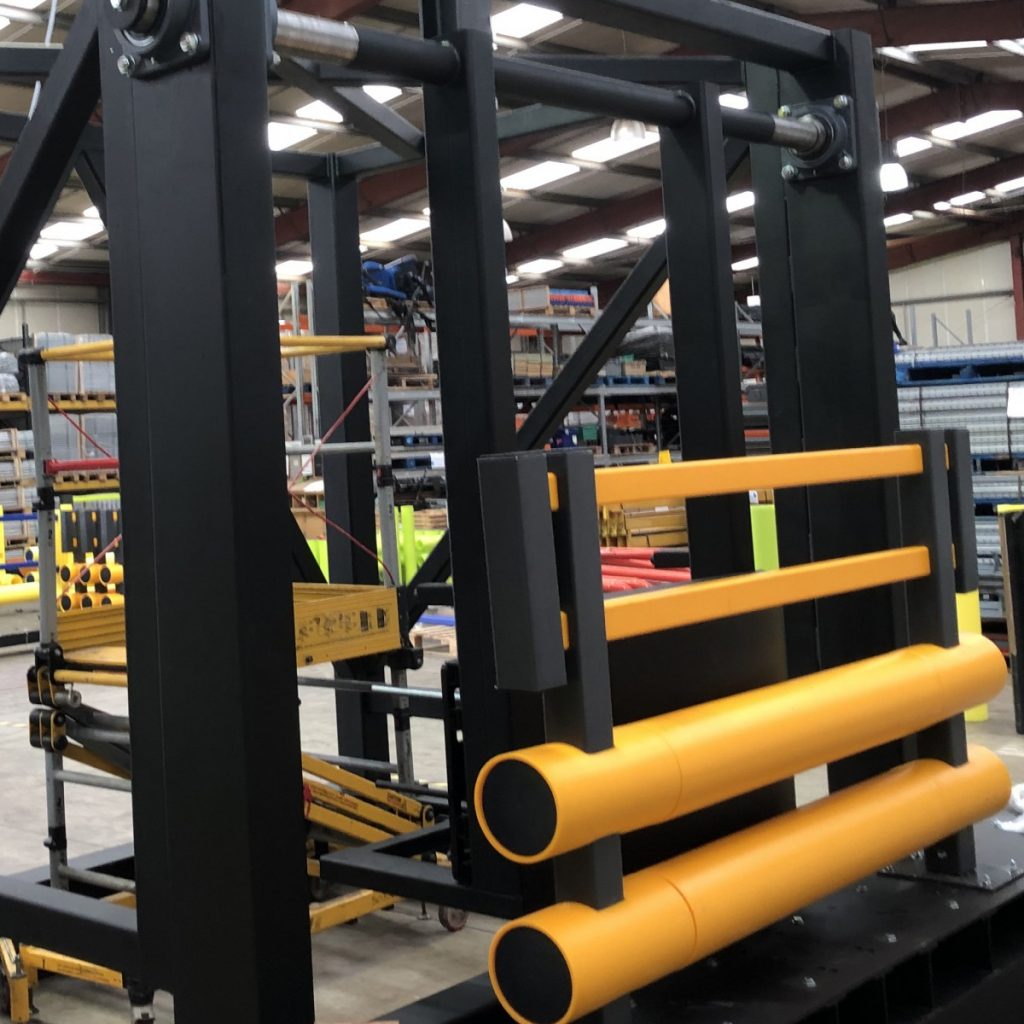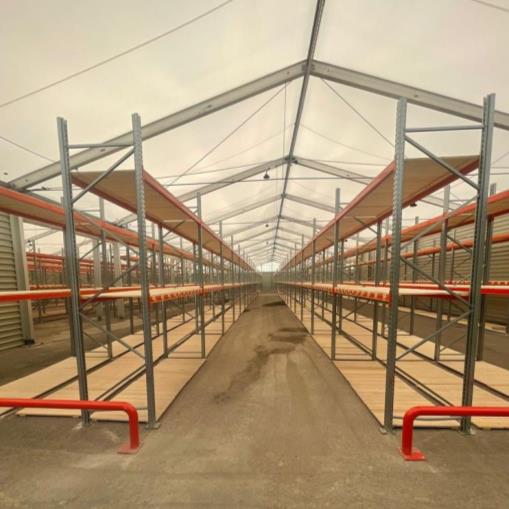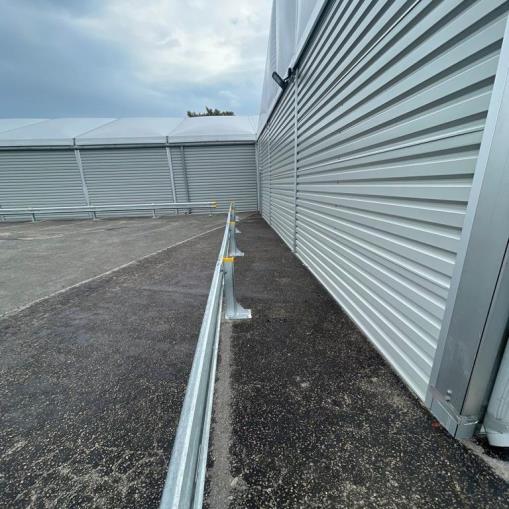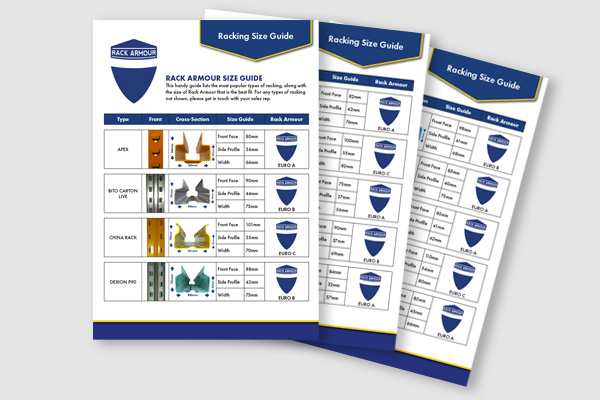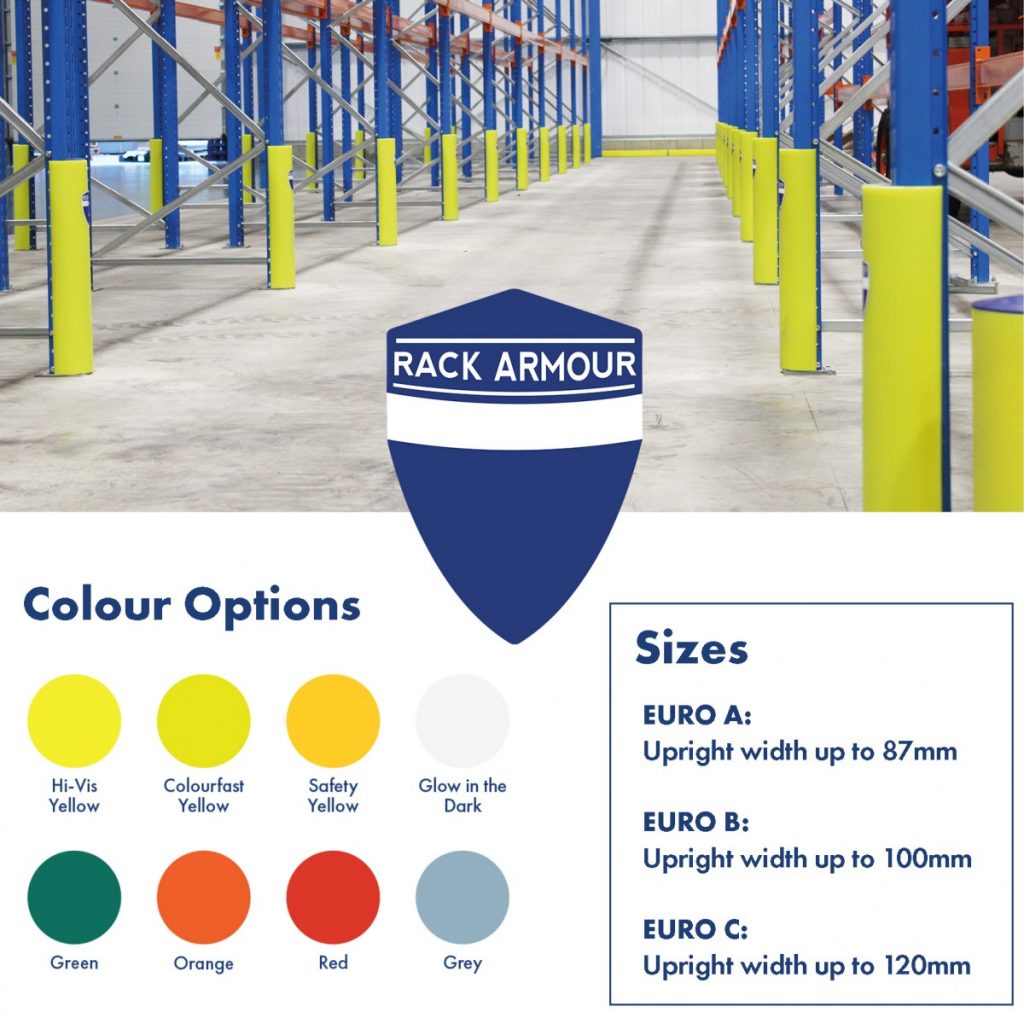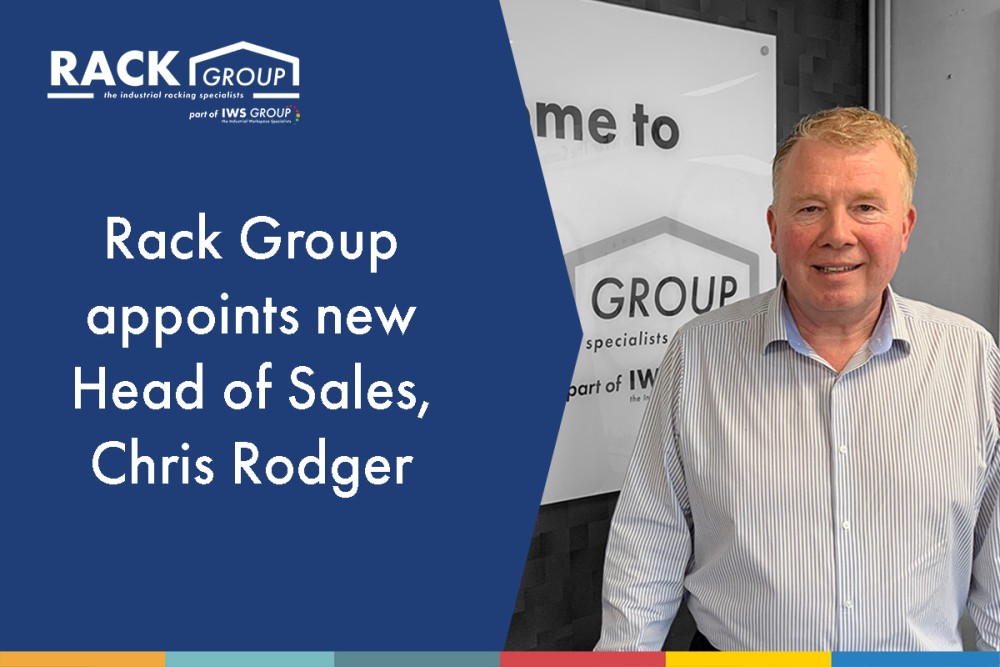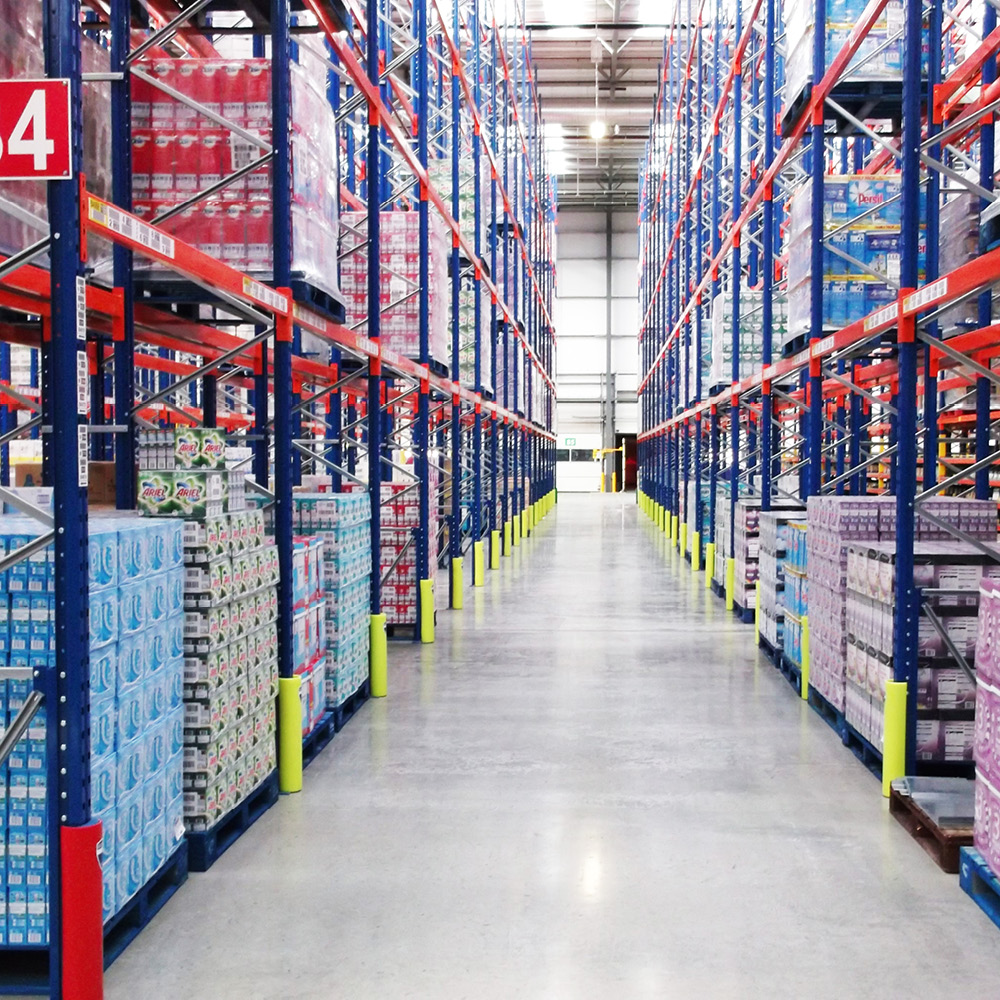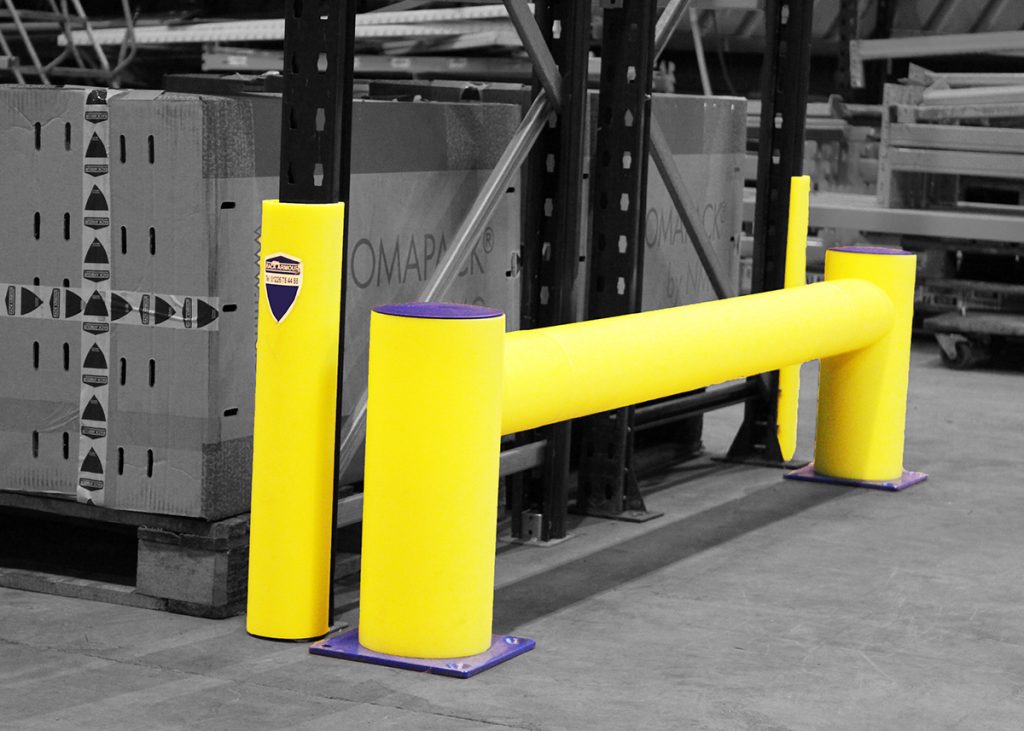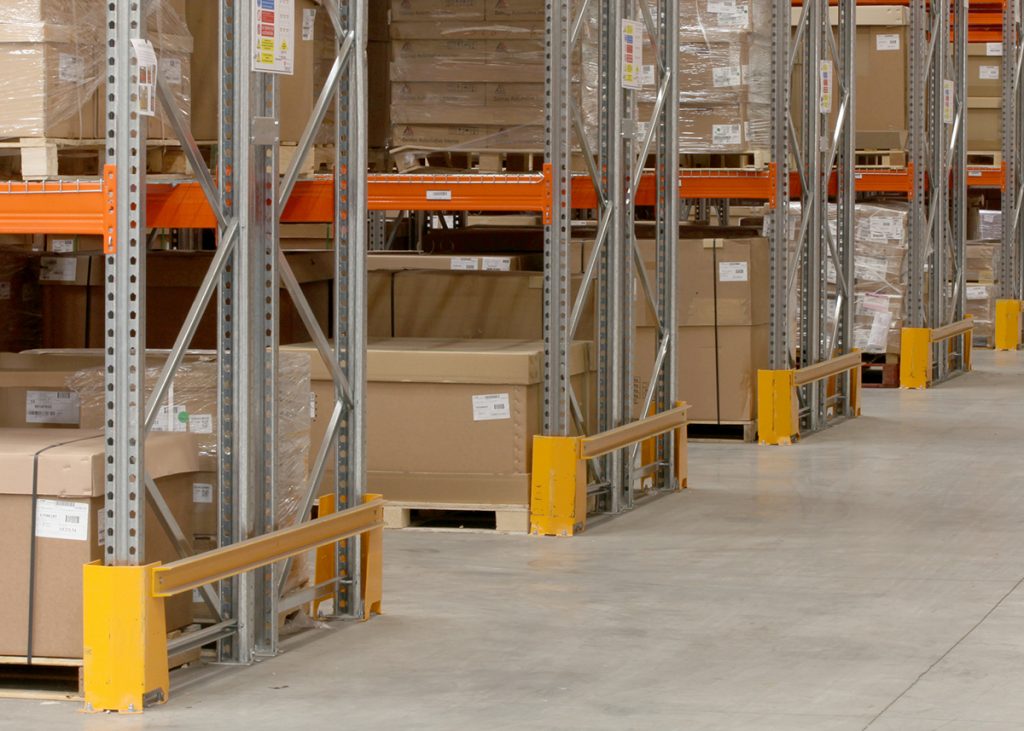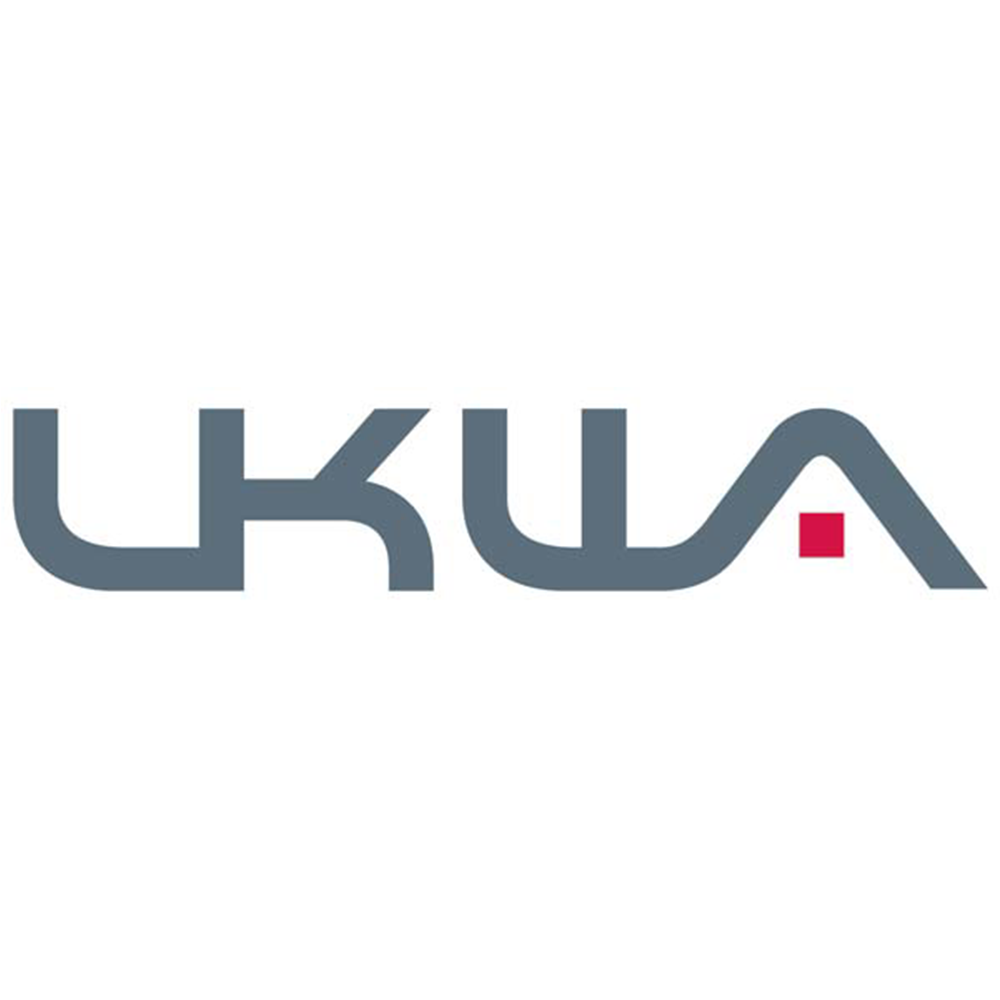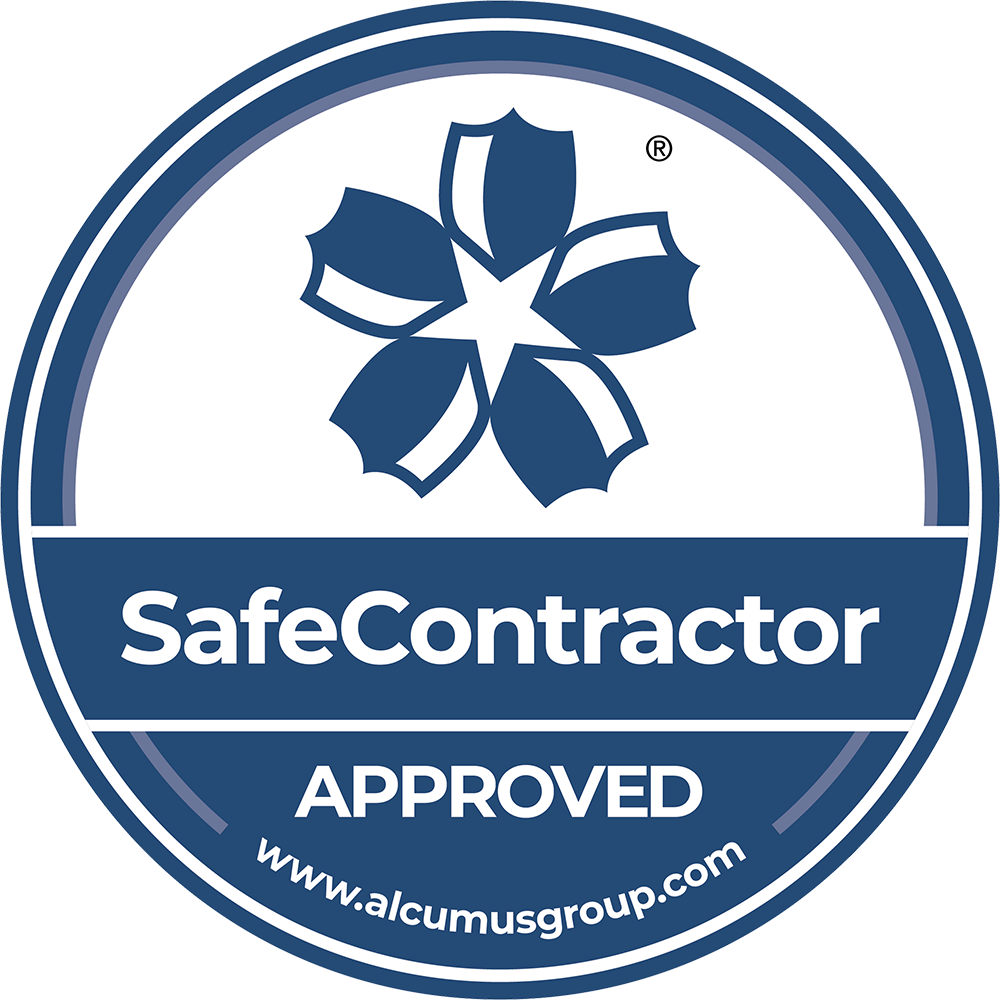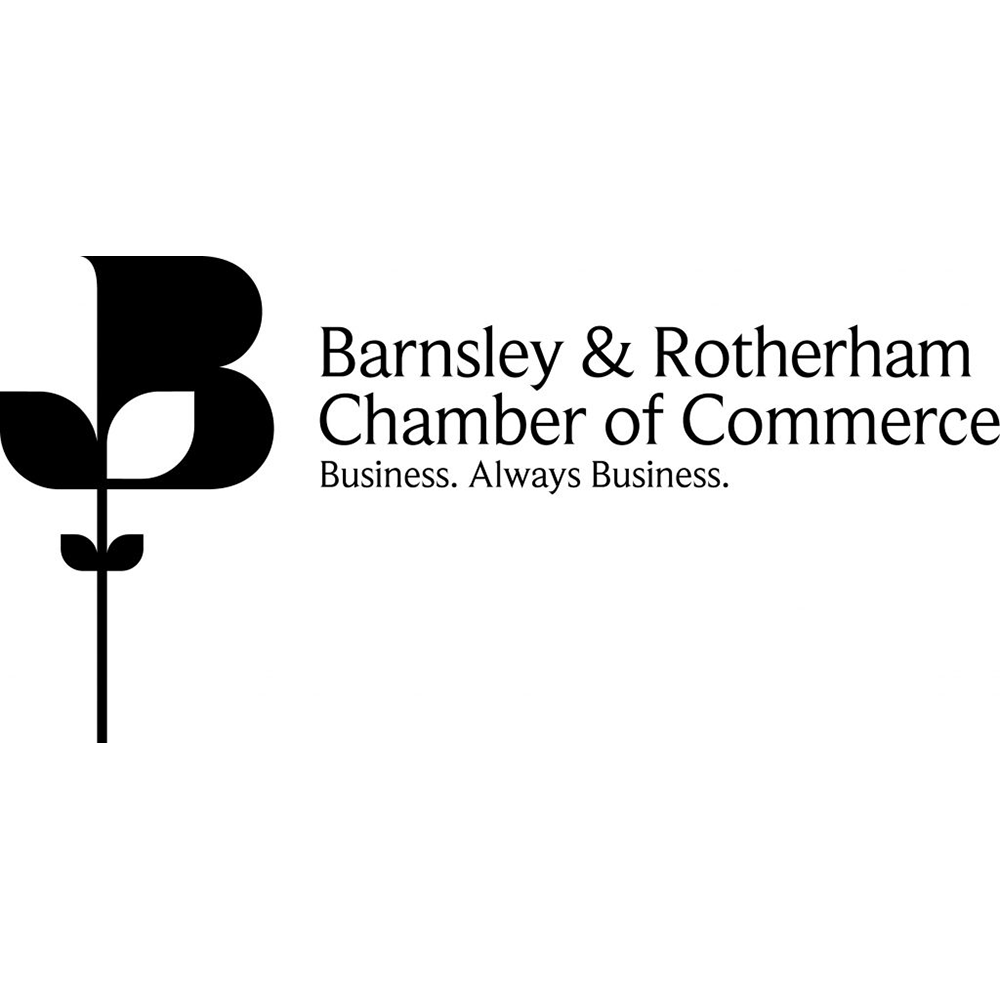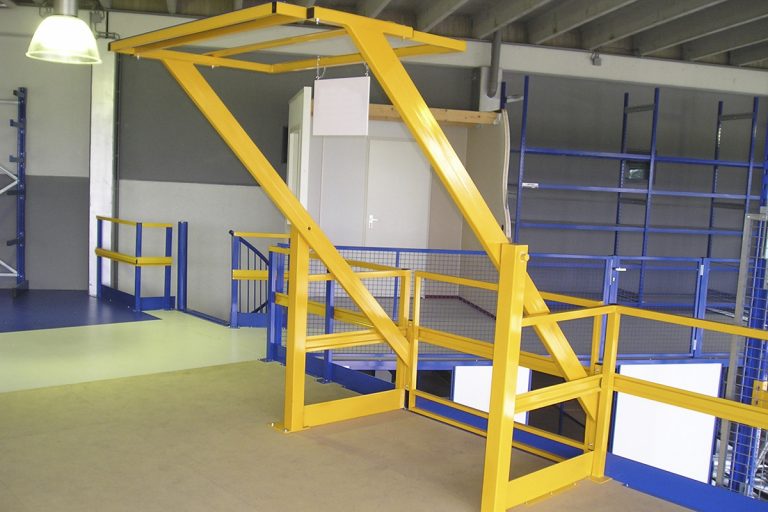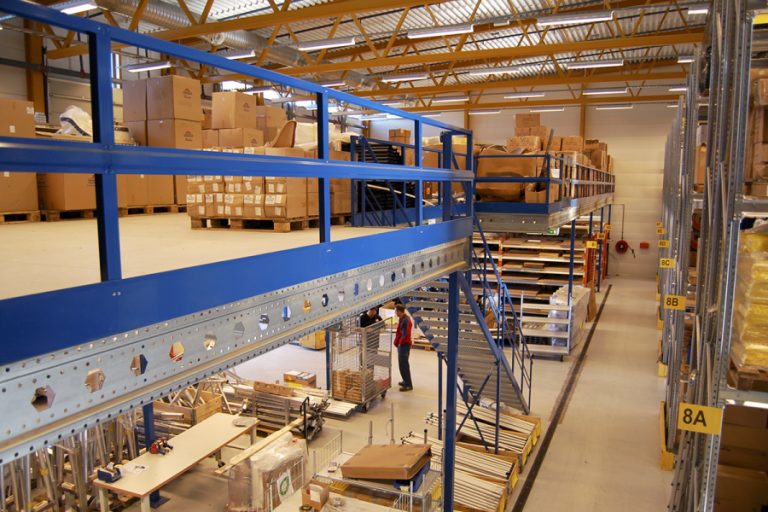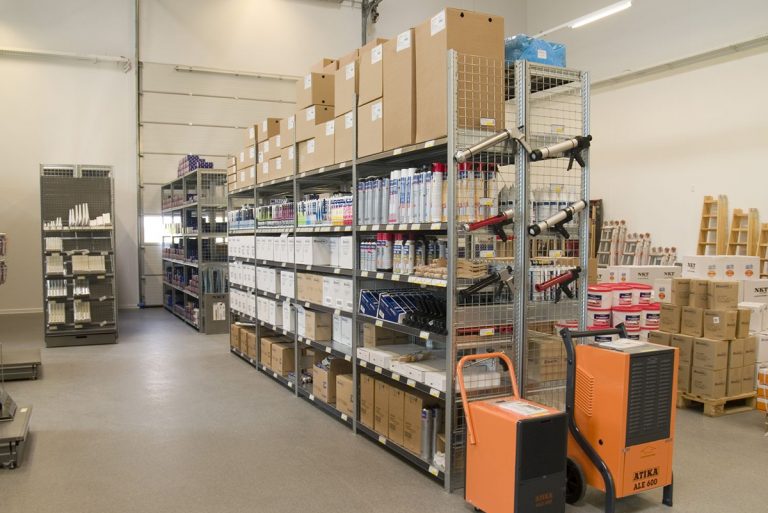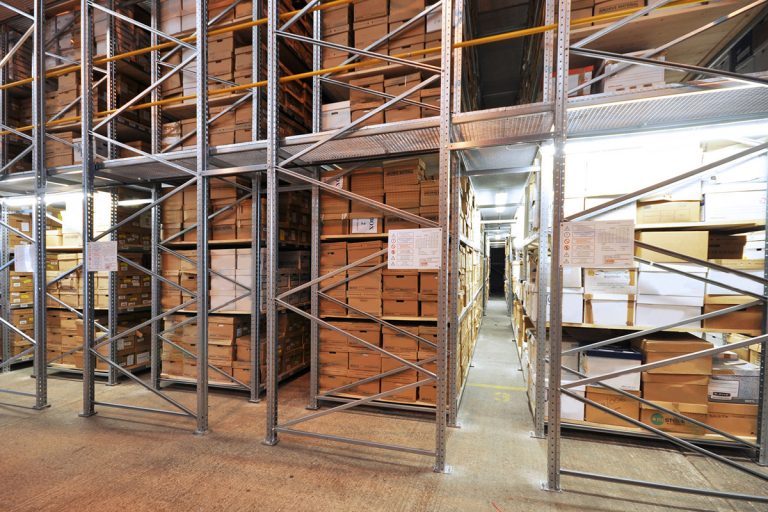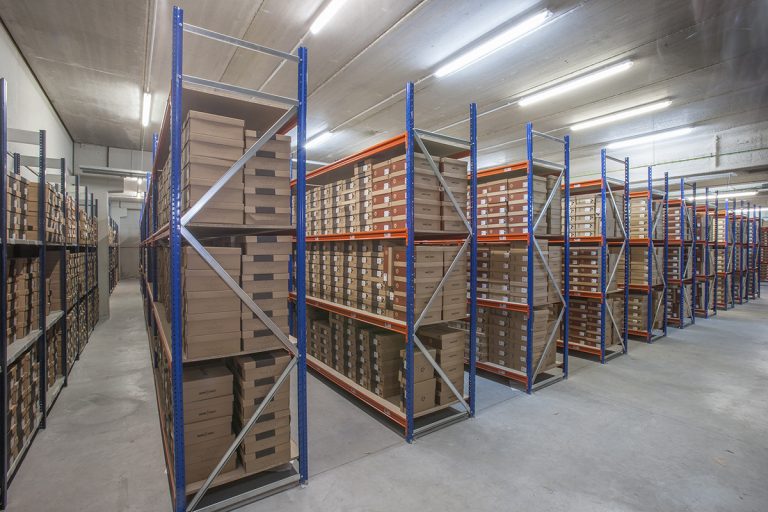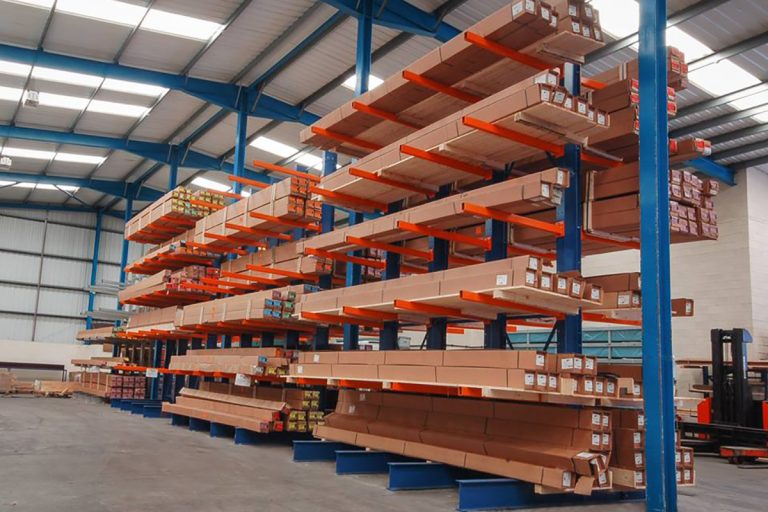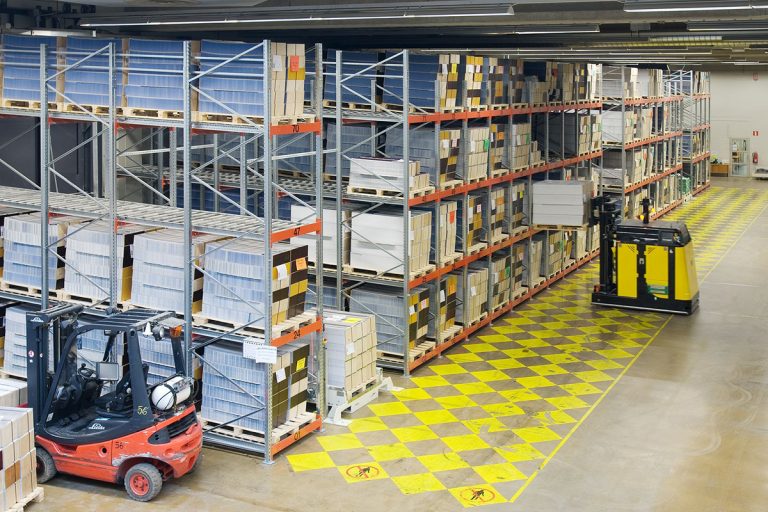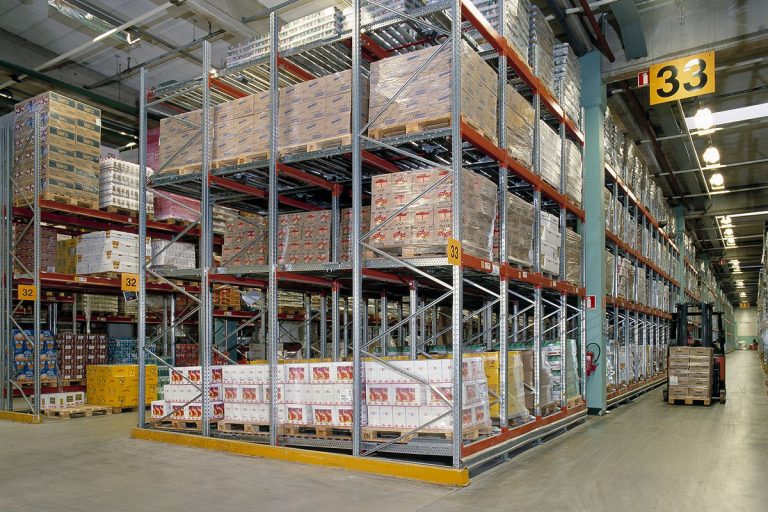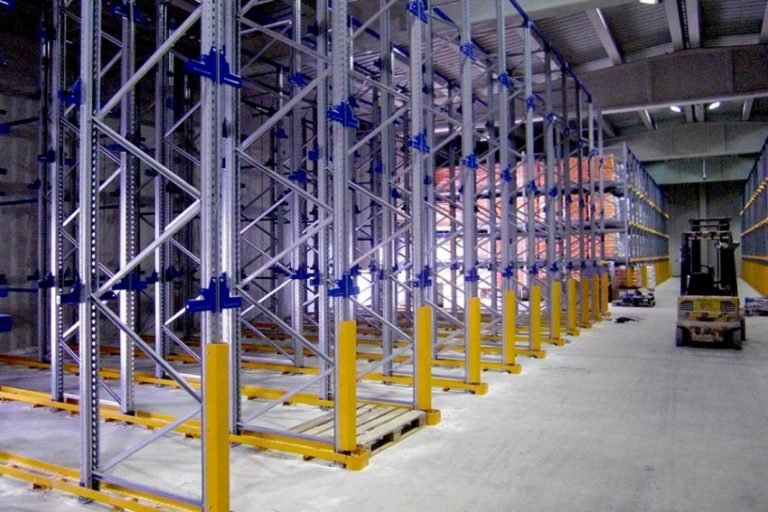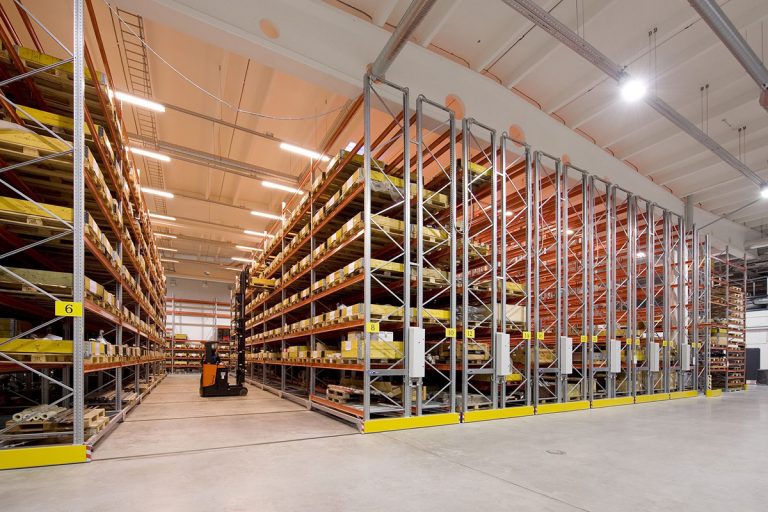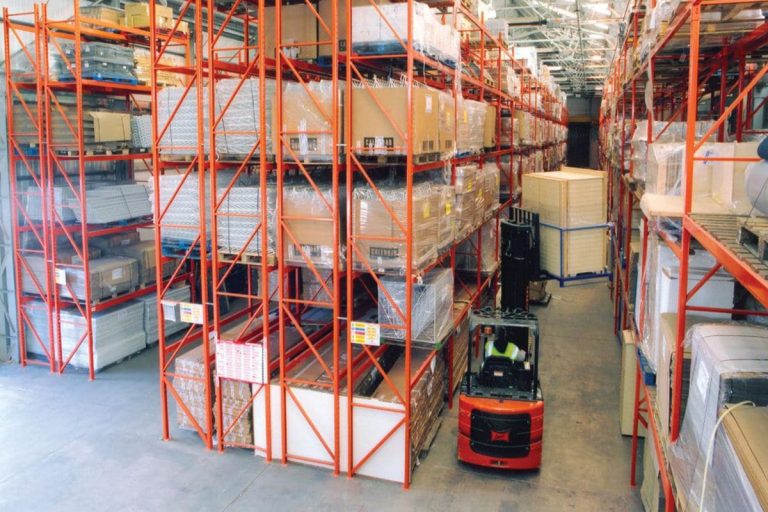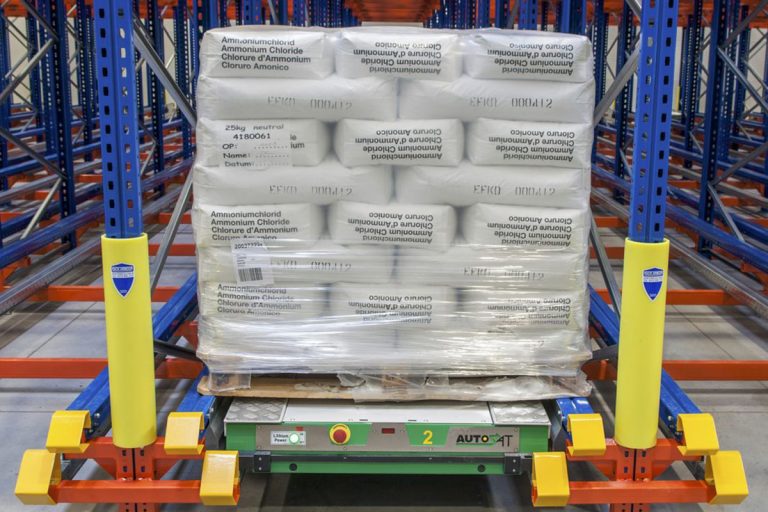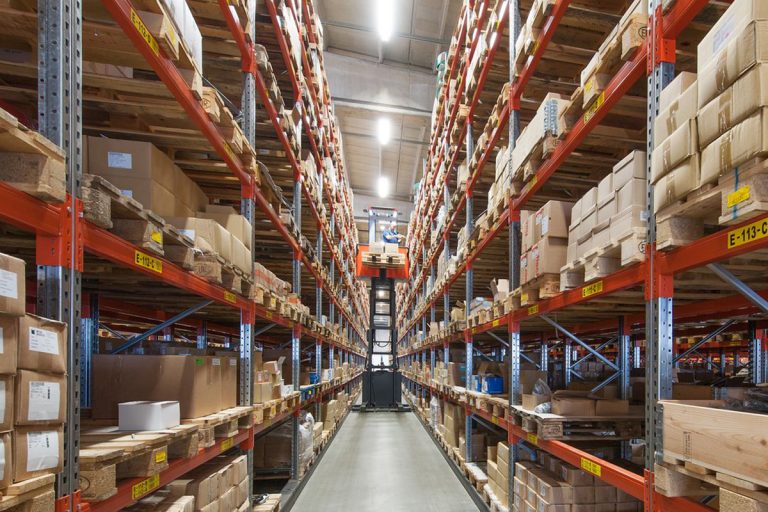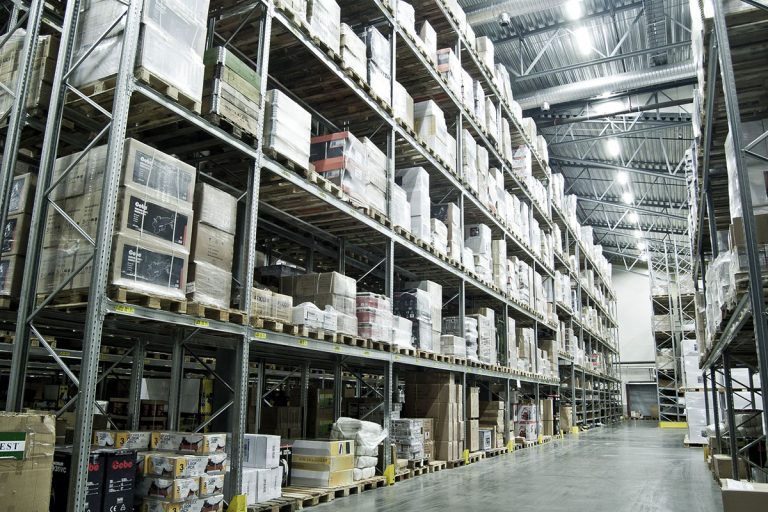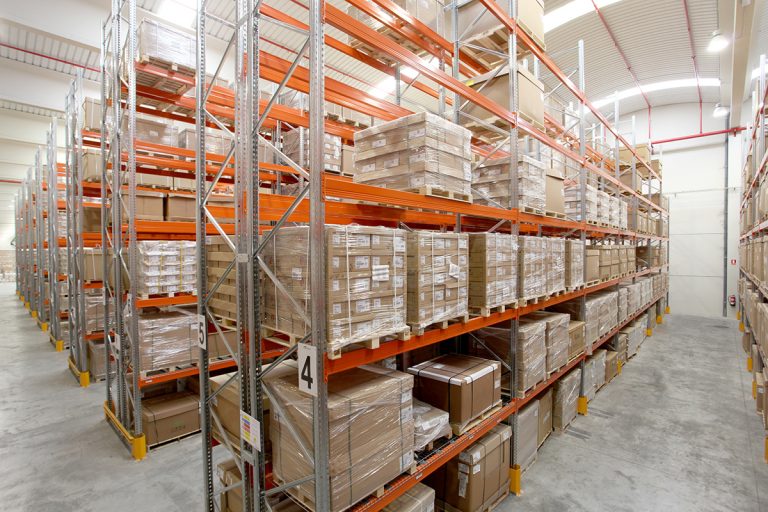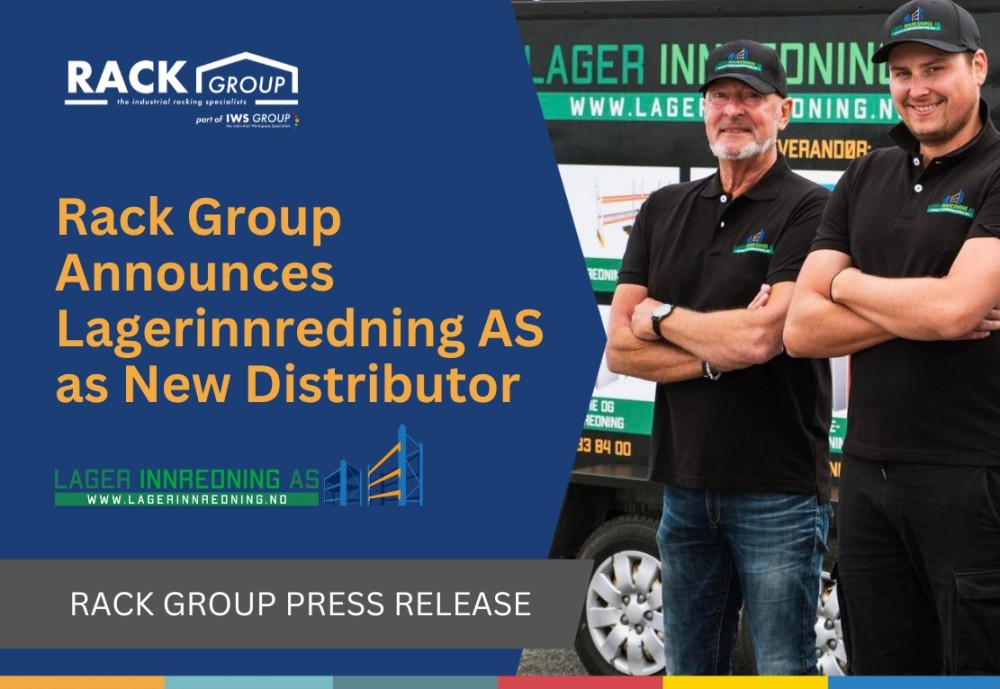 Sheffield, UK – 07 11 2023 – Rack Group, a leading provider of warehouse safety solutions, is thrilled to announce the expansion of its international distribution network through a new partnership with Lagerinnredning AS, a prominent Norwegian company specialising in warehouse optimisation and equipment.
Sheffield, UK – 07 11 2023 – Rack Group, a leading provider of warehouse safety solutions, is thrilled to announce the expansion of its international distribution network through a new partnership with Lagerinnredning AS, a prominent Norwegian company specialising in warehouse optimisation and equipment.
This strategic alliance marks a significant milestone for Rack Group as it extends its reach into the Norwegian market, offering its state-of-the-art racking impact protection solutions to a broader audience. Lagerinnredning’s commitment to quality and customer service aligns with Rack Group’s mission to deliver unparalleled safety products to the warehousing and logistics industry.
“We are delighted to welcome Lagerinnredning into our family of distributors,” said Stuart Ovington, Managing Director of Rack Group. “Their deep understanding of the Norwegian market and dedication to delivering high-quality solutions make them the perfect partner to represent our Rack Armour® solutions. We are confident that this partnership will ensure Norwegian businesses have access to the best safety products to protect their staff and infrastructure.”
Tim Solsvik, Managing Director of Lagerinnredning AS, also expressed his enthusiasm for the partnership, stating, “It is with great pleasure that we join forces with Rack Group. Their innovative Rack Armour® complement our existing products and services perfectly, and we are excited to bring such a reputable brand to our customers in Norway. We believe that the combination of Rack Group’s expertise in warehouse safety solutions and our local market knowledge will result in a highly beneficial relationship for both parties and, most importantly, for our customers.”
Sushil Kumar, Regional Sales Manager of Rack Group said “We are very excited to work with Tim, and support Lagerinnredning AS with their ambitious growth plans, within the Norwegian market”
The collaboration is to start immediately, with Lagerinnredning AS ready to distribute Rack Armour®. The partnership is expected to improve the availability of premium safety solutions for Norwegian businesses and contribute to safer work environments across the region.
For more information about Rack Group and their Rack Armour® solutions, please visit www.therackgroup.com or www.lagerinnredning.no.
About Rack Group
Rack Group specializes in providing high-quality, durable safety solutions for the warehousing industry. With a focus on innovation and customer service, Rack Group has established itself as a leader in the field of warehouse safety, offering a wide range of products designed to protect both personnel and infrastructure including racking protection, bumper barriers and safety gates.
About Rack Armour®
Made from ballistics grade plastic, the Rack Armour® outer shell is shaped to divert impact energy around the rack leg instead of through it. Any remaining impact energy is absorbed by the interior foam until it is diffused. This twin action protection uniquely helps to maintain the structural integrity of the racking system.
Fitted in seconds and last for years, Rack Armour® requires no maintenance, and is rust and fade resistant. It is also fully recyclable and suitable for use in food production facilities.
For more information in becoming an international partner, please contact Sushil Kumar via email sushil@therackgroup.com or telephone +44 7708 326150
About Lagerinnredning AS
Lagerinnredning AS is a Norwegian company with a strong focus on warehouse optimization and equipment supply. Renowned for their expertise in creating efficient and safe storage environments, they offer a comprehensive range of products and services tailored to meet the unique needs of their customers.
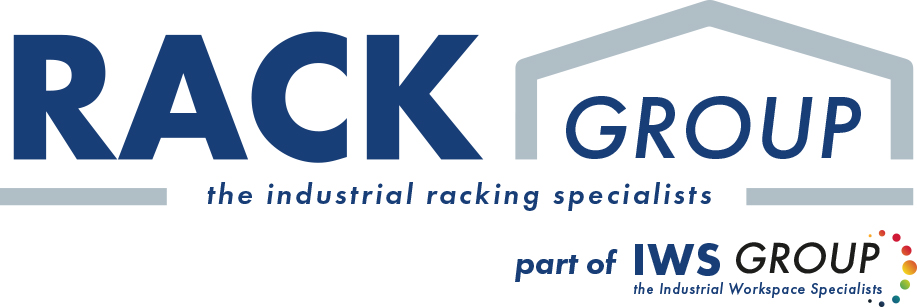
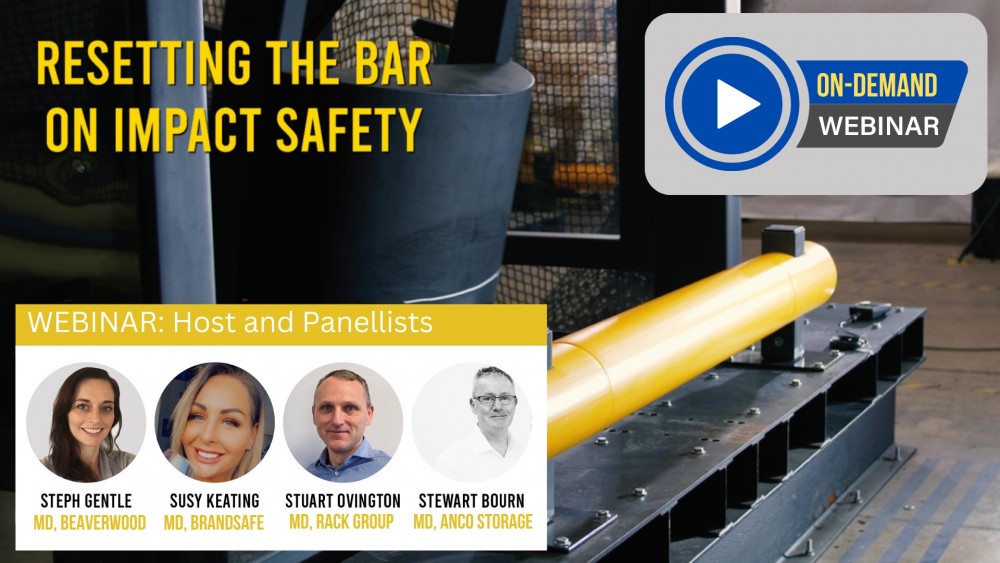


 The automotive industry has taught us valuable lessons about impact resistance. Modern cars are designed with more flexible materials and structures to absorb and disperse impact forces, ensuring the safety of drivers and passengers. In the same vein, polymer impact barriers are strategically engineered with this principle in mind.
The automotive industry has taught us valuable lessons about impact resistance. Modern cars are designed with more flexible materials and structures to absorb and disperse impact forces, ensuring the safety of drivers and passengers. In the same vein, polymer impact barriers are strategically engineered with this principle in mind.


